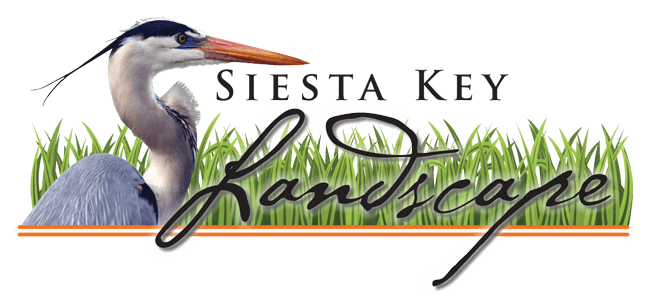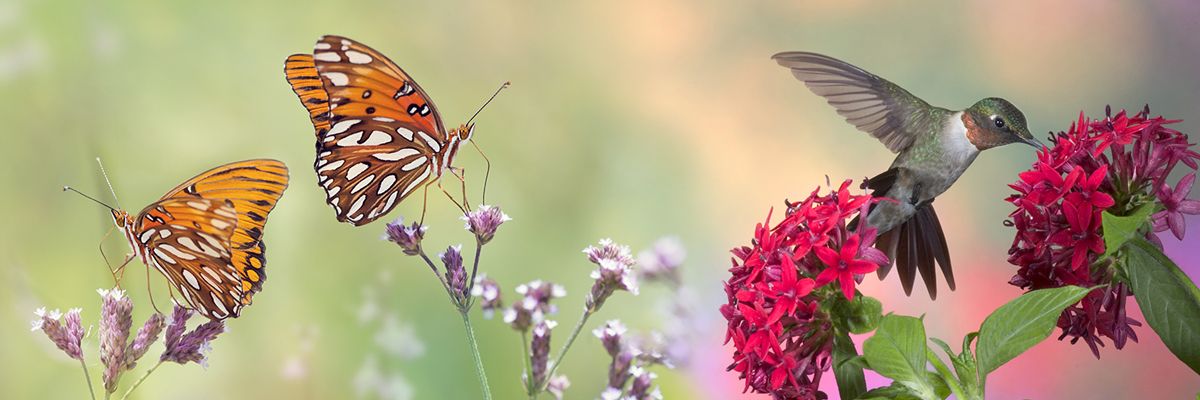Transform Your Property with Custom Hardscapes
When it comes to enhancing your outdoor space, few upgrades offer the beauty, durability, and long-term value of hardscaping.
One of the best ways to create lasting property value is through hardscapes or pavers, and at Siesta Key Landscape, we specialize in turning ordinary yards into elegant, functional outdoor living areas with premium materials and expert craftsmanship.
Why Hardscapes Matter
Hardscaping refers to the non-living elements of your landscape design—think patios, walkways, driveways, retaining walls, and pool decks. Unlike softscape features like grass and plants, hardscapes provide structure, accessibility, and long-term investment benefits. They not only increase curb appeal but also add practical function and reduce maintenance.
Upgrading from a plain concrete driveway to a stunning paver surface, for example, can completely transform the first impression of your home. Or, consider replacing a standard pool patio with a thin Travertine tile—it instantly elevates the luxury factor and adds a timeless





















